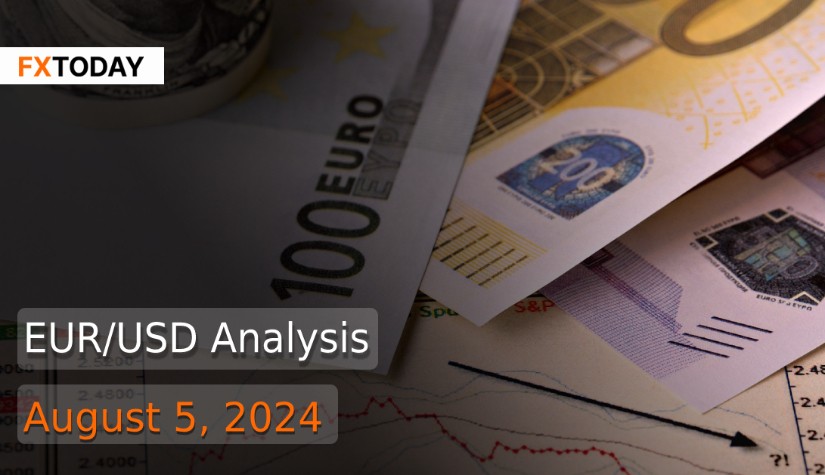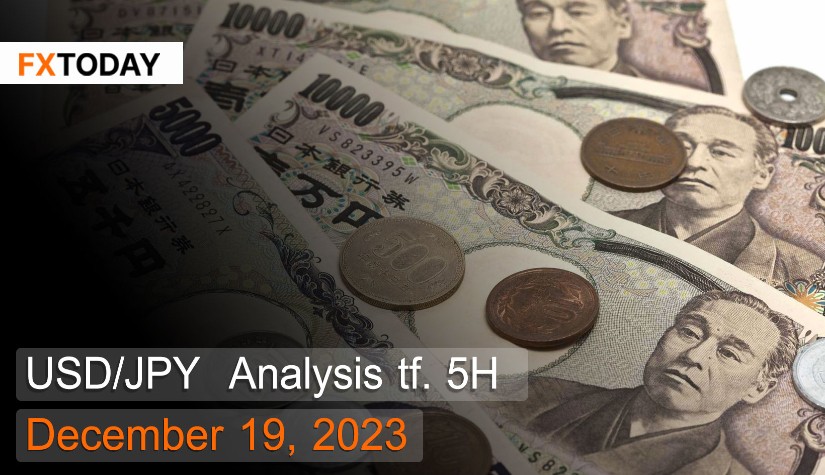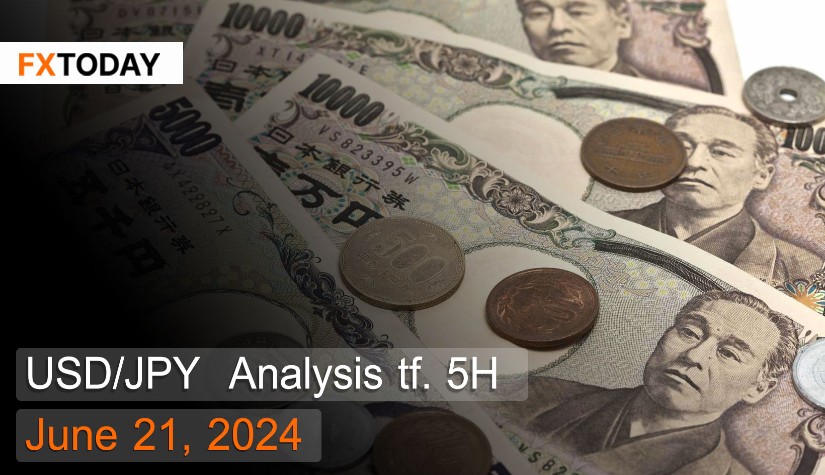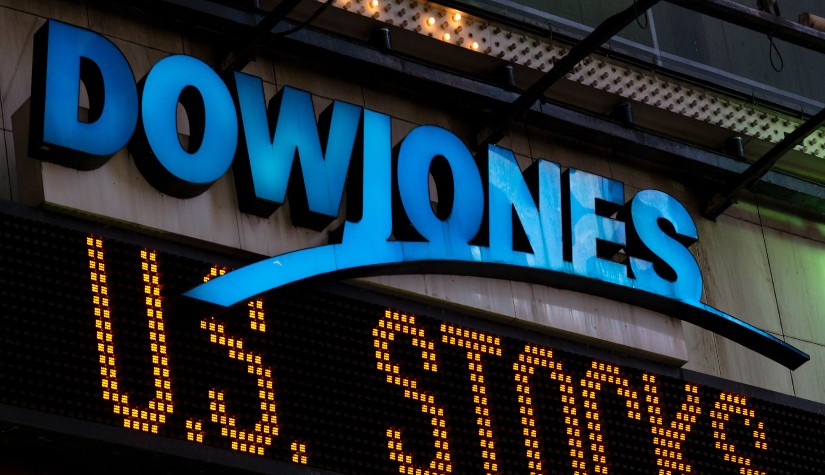Euro Zone Economic Growth Falls Short Amid Mixed Outlook and Pessimistic Surveys
The euro zone's economy grew slightly more than anticipated in the second quarter. Despite this, a mixed underlying picture and several pessimistic surveys cloud the outlook for the remainder of the year.
The figures show a bloc grappling with global trade challenges but benefiting from a domestic rebound driven by higher real incomes and public spending. Eurostat reported a 0.3% growth in output among the 20 euro-sharing countries, maintaining the pace from the previous quarter and exceeding economists' predictions.
Among major economies, France and Spain outperformed expectations, Italy remained stable, while Germany's output unexpectedly contracted, raising concerns about a prolonged crisis in what has been Europe's economic powerhouse for a decade.
In July, euro zone business activity growth stagnated as the services sector's mild expansion couldn't counterbalance a significant manufacturing downturn. Euro zone manufacturing activity continued to contract in July, with output declining at its fastest pace this year, highlighting ongoing struggles in the bloc's economy.
Consumer confidence remained negative in July. A European Central Bank (ECB) survey showed that euro zone consumers halted their reduction of inflation expectations in June after four months of declines. The survey indicated that the median consumer expects inflation to average 2.8% over the next year, stable from May, after a consistent drop from 3.3% in January. Inflation expectations for three years ahead remained at 2.3%, unchanged from the previous month.
Unexpectedly, euro zone inflation edged up in July. A key measure of price growth in the services sector eased, but this did not appear to affect market expectations for an ECB rate cut in September. According to Eurostat's flash estimate, price growth in the 20 euro-sharing countries increased to 2.6% in July from 2.5% in June. A crucial measure of core inflation, excluding energy, food, alcohol, and tobacco, remained unchanged at 2.9%, defying expectations of a decline.
Germany's economy contracted by 0.1% in the second quarter after narrowly avoiding a recession earlier in the year, as inflation rose in July. Germany's GDP had also contracted by 0.3% last year, marking it as the worst-performing major economy.
Germany's manufacturing sector continued to weaken in July, driven by a significant reduction in output due to low demand, leading to a pessimistic outlook among producers. However, German consumer sentiment showed signs of recovery heading into August, with income expectations at their highest in over two years due to lower inflation and wage increases.
France's economy grew by 0.3% in the second quarter, slightly above expectations, supported by increased exports from the delivery of a cruise ship despite stagnant consumer spending. Finance Minister Bruno Le Maire noted that growth might exceed the 1% forecast due to the Olympic Games boosting activity. France's services sector expanded in July, benefiting from Olympic-related business, while its manufacturing sector declined.
Surveys indicated growing pessimism among businesses in France and Germany, raising concerns about the euro zone's sluggish recovery. The euro zone, struggling to sustain a post-pandemic rebound due to less government investment, a technological deficit, and reliance on foreign raw materials, saw worsening business climates in July. These developments may strengthen calls for further rate cuts by the European Central Bank to support the euro area's modest rebound, which relies on improved real income and stronger exports.
The U.S. dollar fell to a four-month low on last Friday following a weaker-than-expected employment report for July, raising expectations that the Federal Reserve will cut interest rates by 50 basis points in September as the economy shows signs of weakening.
U.S. manufacturing activity dropped to an eight-month low in July due to a slump in new orders, though factory production rebounded sharply in the second quarter.
New unemployment claims reached an 11-month high last week, indicating a softening labor market. The number of people on jobless rolls in mid-July rose to the highest level since late 2021. The U.S. unemployment rate's rise to 4.3% in July, amid slowing hiring, has heightened fears of a recession. This marks the fourth consecutive monthly increase, moving from a 50-year low of 3.4% in April 2023 to the highest level since September 2021. Employment rose in health care, construction, and transportation and warehousing, but fell in information.
Traders now see a 71% chance of a 50 basis point rate cut in September, up from 31% before the data release and 22% on Thursday, according to CME Group's FedWatch Tool, with a total of 116 basis points of easing expected by year-end. Treasury yields fell, with two-year yields dropping to their lowest since May 2023, and 10-year yields reaching a low not seen since December 27.
The Fed left interest rates unchanged at its recent meeting, but Chair Jerome Powell indicated rates could be cut in September if the economy follows the expected path. Economic concerns persist amid worries that prolonged high interest rates may hurt growth.
After the weak July jobs report raised recession fears, the week's economic calendar is lighter, with the Institute of Supply Management's service sector index expected to show modest growth and a weekly report on initial jobless claims providing an update on the labor market. Comments from San Francisco Fed President Mary Daly and Richmond Fed President Thomas Barkin will also be monitored for insights into future rate cuts. Therefore, it is anticipated that the Euro may continue to fluctuate widely and remain weaker than the dollar in the medium term due to the disparity in economic returns between the two countries.
Data for Technical Analysis (5Min) CFD EUR/USD
Resistance : 1.0924, 1.0925, 1.0927
Support : 1.0920, 1.0919, 1.0917
5Min Outlook
Source: TradingView
Buy/Long 1 If the support at the price range 1.0916 - 1.0920 is touched, but the support at 1.0920 cannot be broken, the TP may be set around 1.0924 and the SL around 1.0914, or up to the risk appetite.
Buy/Long 2 If the resistance can be broken at the price range of 1.0924 - 1.0928, TP may be set around 1.0929 and SL around 1.0918, or up to the risk appetite.
Sell/Short 1 If the resistance at the price range 1.0924 - 1.0928 is touched, but the resistance at 1.0924 cannot be broken, the TP may be set around 1.0919 and the SL around 1.0930, or up to the risk appetite.
Sell/Short 2 If the support can be broken at the price range of 1.0916 - 1.0920, TP may be set around 1.0913 and SL around 1.0926, or up to the risk appetite.
Pivot Points Aug 5, 2024 02:56AM GMT
|
Name
|
S3
|
S2
|
S1
|
Pivot Points
|
R1
|
R2
|
R3
|
|---|---|---|---|---|---|---|---|
| Classic | 1.0915 | 1.0917 | 1.0919 | 1.0922 | 1.0924 | 1.0927 | 1.0929 |
| Fibonacci | 1.0917 | 1.0919 | 1.092 | 1.0922 | 1.0924 | 1.0925 | 1.0927 |
| Camarilla | 1.0921 | 1.0922 | 1.0922 | 1.0922 | 1.0923 | 1.0923 | 1.0924 |
| Woodie's | 1.0915 | 1.0917 | 1.0919 | 1.0922 | 1.0924 | 1.0927 | 1.0929 |
| DeMark's | - | - | 1.0921 | 1.0923 | 1.0926 | - | - |
Sources: Investing 1, Investing 2
















